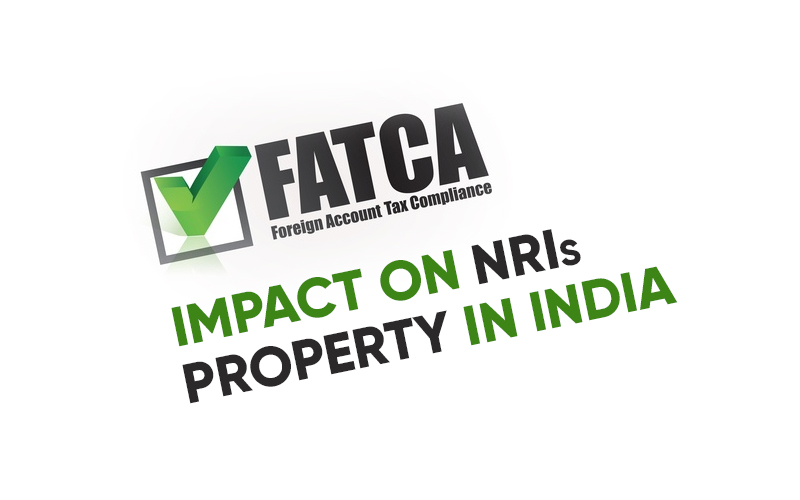Can sustainable living be a reality by 2030?

Since a decade there has been a lot of talk with reference to maintaining a green environment across the globe, with green development initiatives. But what exactly is Green Development?
The use of efficient, environmentally-safe products across industries; the use of best practices in releasing effluents; empowering the lower strata of the population and engaging them actively in protecting the environment are a few of the many initiatives that need to be implemented at the grass root level.
United Nations Frameworks
In the year 2000, a framework for such development was introduced on a global scale in the United Nations Millennium Project. This framework was termed as MDG (Millennium Development Goals). Around 17 global issues were mentioned, including the eradication of extreme poverty and achieving universal primary education.
In the year 2012, this framework was revised and a different holistic approach was developed under the banner ‘Sustainable Development Framework’, signed by 200 countries termed as SDG (Sustainable Development Goals) which were people, planet, prosperity, dignity and justice. Considering this framework, in our opinion, the people, planet and the involvement of private companies are key pillars in achieving this world dream of sustainability.
CSR Initiatives
CSR initiatives have long been initiated in corporate set ups. However, private companies have to incorporate CSR initiatives on a much more holistic level by actively promoting a healthy environment, enabling and engaging employees, setting up new education institutes for employee and child well-being.
The framework which was signed in 2012 has definitely resolved some of the issues such as poverty eradication of 1.2 billion people. The implementation of sustainability is very sector-specific and the derivation of it is often very complex, however the core goal remains directed towards environment.
Collaborating for the environment
The Manufacturing Industry is backbone of any civilization, and it hugely impacts the cities around it. However, since the memorandum has been signed, there has been little progress in the developing nations. This needs to change. The aspect of global partnership for development, as mentioned in the framework, is definitely a positive step in collaborating and protecting the environment - where both parties can benefit from each other. In this view point, leveraging each other’s strengths would go a long way in strengthening the eco system.
Since the framework is very robust, there are around 170 indicators for this, which are closely monitored by the statutory body. In a country like ours, of 1.25 billion people, Global Partnership plays an important role in sharing sustainability ideas and implementing them. However, each country has its own implementation mechanisms in place – the best way is to bring about change without disturbing the main fabric of the framework.
Sustainability in India
Schemes such as Swachh Bharat Abhiyan or Affordable Housing for All by 2022 are some of the broad objectives set by the Government, which are a huge tick and run parallel to those parameters. However, there has to be an active involvement if sustainability is going to be a reality. For instance, the use of energy-efficient systems for safe use of water and availability of potable water is one of the major issues in a country like India. The cost in achieving sustainability in India is estimated to be $ 14 Billion. So far, reasonable progress has been made with issues such as poverty eradication, eradication of diseases such as HIV and polio, sufficient water supply and women empowerment. In fact, today we see a major contributing work force of women, holding key positions across various sectors.
The numbers just tell an approximation. As per statistics, 84% of the population in India gets potable water. However, this picture is far from realty. The number of diseases indicates there is much work to be done. The active involvement of the world community will ensure that the ideal objectives are met in keeping with the vision of 2030. Educative programmes at the grass root level have already been started in most schools and colleges in India, which is a positive step toward bringing awareness and realizing the importance of environment and sustainability. As Noble Laureate Mr. Amartya Sen stated, “human conversation takes the form of one sentence to another”. This means it’s now up to every citizen to be proactive in contributing individually to make the global dream of sustainability a reality.Since a decade there has been a lot of talk with reference to maintaining a green environment across the globe, with green development initiatives. But what exactly is Green Development?
The use of efficient, environmentally-safe products across industries; the use of best practices in releasing effluents; empowering the lower strata of the population and engaging them actively in protecting the environment are a few of the many initiatives that need to be implemented at the grass root level.
United Nations Frameworks
In the year 2000, a framework for such development was introduced on a global scale in the United Nations Millennium Project. This framework was termed as MDG (Millennium Development Goals). Around 17 global issues were mentioned, including the eradication of extreme poverty and achieving universal primary education.
In the year 2012, this framework was revised and a different holistic approach was developed under the banner ‘Sustainable Development Framework’, signed by 200 countries termed as SDG (Sustainable Development Goals) which were people, planet, prosperity, dignity and justice. Considering this framework, in our opinion, the people, planet and the involvement of private companies are key pillars in achieving this world dream of sustainability.
CSR Initiatives
CSR initiatives have long been initiated in corporate set ups. However, private companies have to incorporate CSR initiatives on a much more holistic level by actively promoting a healthy environment, enabling and engaging employees, setting up new education institutes for employee and child well-being.
The framework which was signed in 2012 has definitely resolved some of the issues such as poverty eradication of 1.2 billion people. The implementation of sustainability is very sector-specific and the derivation of it is often very complex, however the core goal remains directed towards environment.
Collaborating for the environment
The Manufacturing Industry is backbone of any civilization, and it hugely impacts the cities around it. However, since the memorandum has been signed, there has been little progress in the developing nations. This needs to change. The aspect of global partnership for development, as mentioned in the framework, is definitely a positive step in collaborating and protecting the environment - where both parties can benefit from each other. In this view point, leveraging each other’s strengths would go a long way in strengthening the eco system.
Since the framework is very robust, there are around 170 indicators for this, which are closely monitored by the statutory body. In a country like ours, of 1.25 billion people, Global Partnership plays an important role in sharing sustainability ideas and implementing them. However, each country has its own implementation mechanisms in place – the best way is to bring about change without disturbing the main fabric of the framework.
Sustainability in India
Schemes such as Swachh Bharat Abhiyan or Affordable Housing for All by 2022 are some of the broad objectives set by the Government, which are a huge tick and run parallel to those parameters. However, there has to be an active involvement if sustainability is going to be a reality. For instance, the use of energy-efficient systems for safe use of water and availability of potable water is one of the major issues in a country like India. The cost in achieving sustainability in India is estimated to be $ 14 Billion. So far, reasonable progress has been made with issues such as poverty eradication, eradication of diseases such as HIV and polio, sufficient water supply and women empowerment. In fact, today we see a major contributing work force of women, holding key positions across various sectors.
The numbers just tell an approximation. As per statistics, 84% of the population in India gets potable water. However, this picture is far from realty. The number of diseases indicates there is much work to be done. The active involvement of the world community will ensure that the ideal objectives are met in keeping with the vision of 2030. Educative programmes at the grass root level have already been started in most schools and colleges in India, which is a positive step toward bringing awareness and realizing the importance of environment and sustainability. As Noble Laureate Mr. Amartya Sen stated, “human conversation takes the form of one sentence to another”. This means it’s now up to every citizen to be proactive in contributing individually to make the global dream of sustainability a reality.






